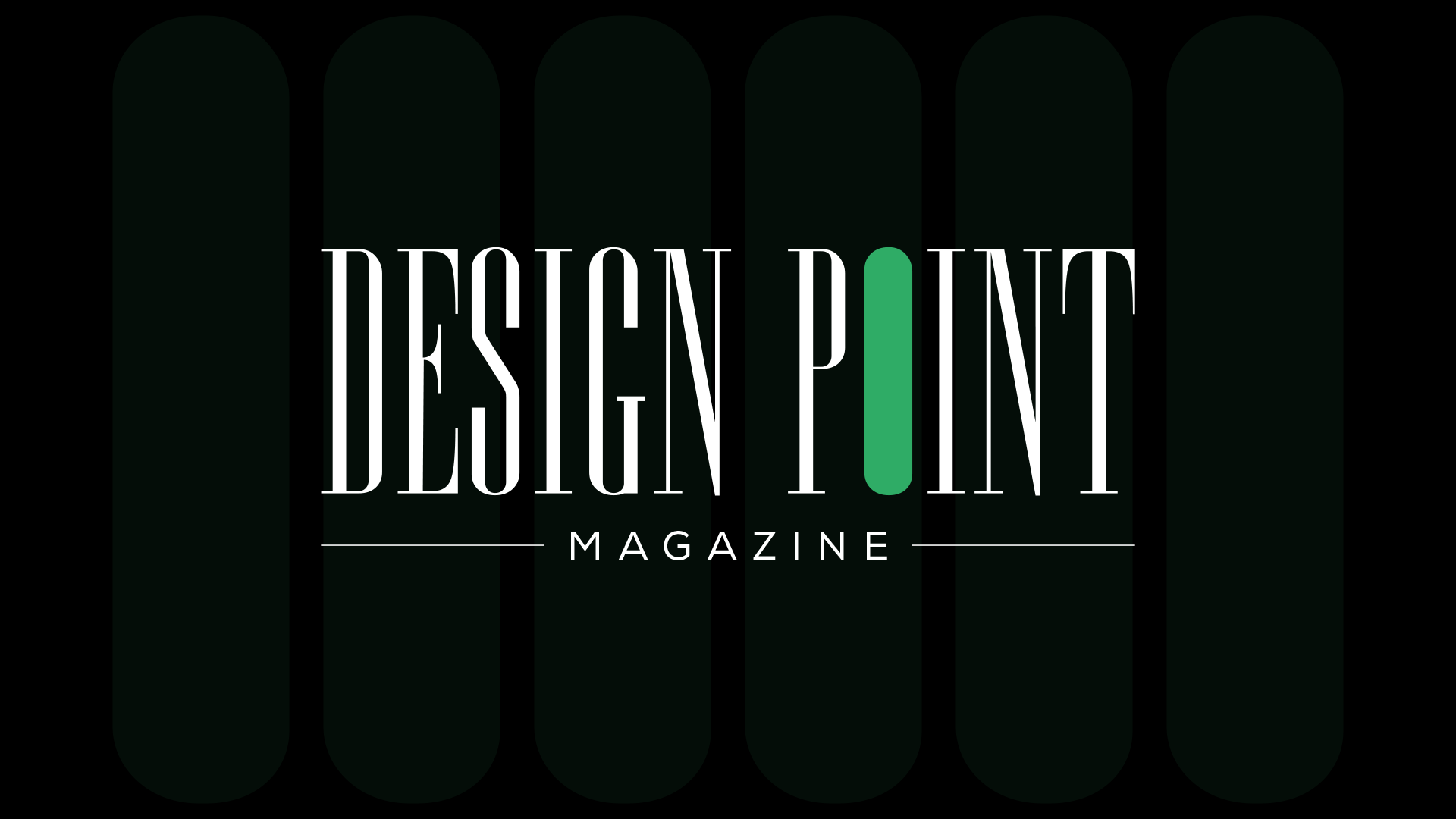When Cracker Barrel unveiled its new logo last week, the internet erupted. Loyal customers and conservative pundits decried the shift from the familiar image of a man named “Uncle Hershel” in a rocking chair beside a wooden barrel to a stripped-down wordmark. The new design, critics claimed, was not just uninspired but “woke,” and the latest example of a company betraying tradition in the name of progressive values.
But calling a logo redesign “woke” is a fundamental misunderstanding of what branding is and what branding does. Branding is not an ideology. Branding is manufactured meaning: the creation of associations that—through consensus—help people understand who you are, what you stand for, and why you matter. A logo is only one tool in that process. To confuse a visual refresh with a wholesale cultural realignment is to mistake the paintbrush for the painting.
The fury over Cracker Barrel’s change was rooted in nostalgia. For decades, its logo conjured a vision of rustic Americana and a roadside stop that promised biscuits, rocking chairs, and a sentimental version of a simpler past. But nostalgia, while comforting, should never be mistaken for strategy. A brand that clings to its iconography without inquiring whether it still resonates risks alienating not only future audiences but the present. Heritage can be a resource, but it can also be a trap. Cracker Barrel’s choice to scale back “Uncle Hershel” was not the erasure of its DNA; it was the recognition that literal symbols from 1969 may no longer carry the same meaning in 2025.
A brand’s DNA lives deeper than its logo.
A brand’s DNA lives deeper than its logo. For Cracker Barrel, that DNA is the promise of comfort, familiarity, and Americana. Despite what anyone might think of the formal aesthetics of the redesigned identity (personally, I am not a fan of either logo, but that is beside the point), not everything was discarded in the new identity. The palette of golden browns remained. The curve of the barrel was echoed in the typography and the holding device. As I’ve argued in my own work, brands thrive when they marry origin with originality. They honor where they come from while daring to reinterpret themselves for the moment they’re in. This is not betrayal. It’s survival.
Critics often confuse detail with depth. The old logo told a long, literal story. The new one aimed for coherence across many platforms that didn’t exist when the logo was designed. In a fragmented media environment, clarity is not a design flourish; it’s a necessity. A clean wordmark scales across billboards, packaging websites, apps, and social feeds. It speaks in a consistent voice across dozens of touchpoints. That’s not political correctness. That’s functional branding.
In a fragmented media environment, clarity is not a design flourish; it’s a necessity.
To frame modernization as “woke-ification” is to collapse aesthetics into ideology. Cracker Barrel’s logo refresh was not a Pride campaign, a manifesto, or a repudiation of its core values. It was a design system update, part of a $700 million effort to modernize its restaurants for a younger generation of diners. Yes, the redesign coincided with a 15 percent dip in the company’s stock price. But markets respond to perception as much as to performance. The sell-off said more about investor panic than about design. And in the long run, a more coherent identity might have served Cracker Barrel far better than a sentimental mascot locked in the past.
But now, none of that will be tested. In response to the backlash, Cracker Barrel announced last night that it would abandon the new identity and return to its old logo. In doing so, the company didn’t just preserve nostalgia—it gave in to it. The decision reflects a broader truth about branding in a culture saturated with outrage: sometimes the loudest voices win, even when they’re the least strategic. Cracker Barrel had an opportunity to evolve, to honor its DNA while moving into the present. Instead, it backpedaled to the past.
Branding is manufactured meaning, and meaning isn’t preserved by refusing to evolve. It’s preserved by ensuring that the associations a brand creates still resonate.
The real story here isn’t about wokeness. It’s not even about the eternal tension between nostalgia and relevance, or about the difficulty of carrying brand DNA forward without being bound by outdated forms. Branding is manufactured meaning, and meaning isn’t preserved by refusing to evolve. It’s preserved by ensuring that the associations a brand creates still resonate. Cracker Barrel’s meaning—roadside comfort, Americana kitsch, a place where the cornbread arrives warm—remains intact. What has changed is the company’s willingness to risk reinterpretation. To call that “woke” is to mistake a design decision for a culture war and conflate outrage with ideology. To retreat so quickly in the face of backlash is to highlight a different lesson: in branding, risk management can sometimes outweigh reinvention. Cracker Barrel’s reversal is not simply capitulation; it is a case study in how brands weigh loyalty, equity, and perception against the uncertain rewards of change.
The post Cracker Barrel: Now You See It, Now You Don’t appeared first on PRINT Magazine.

